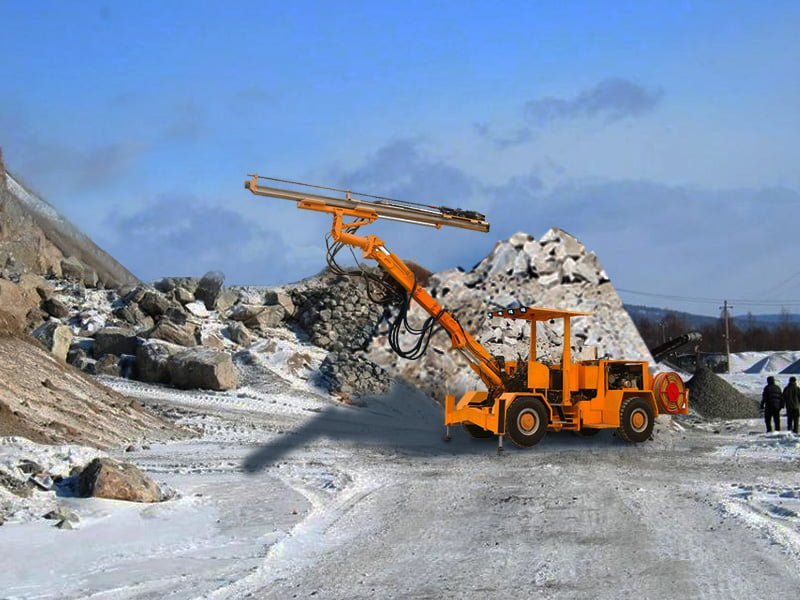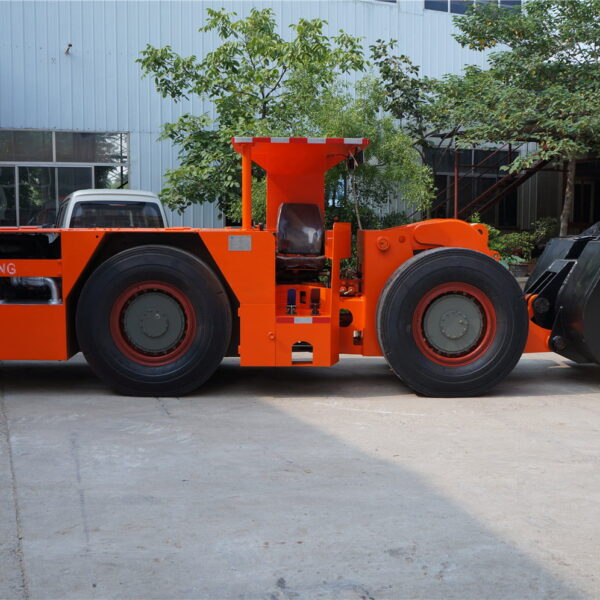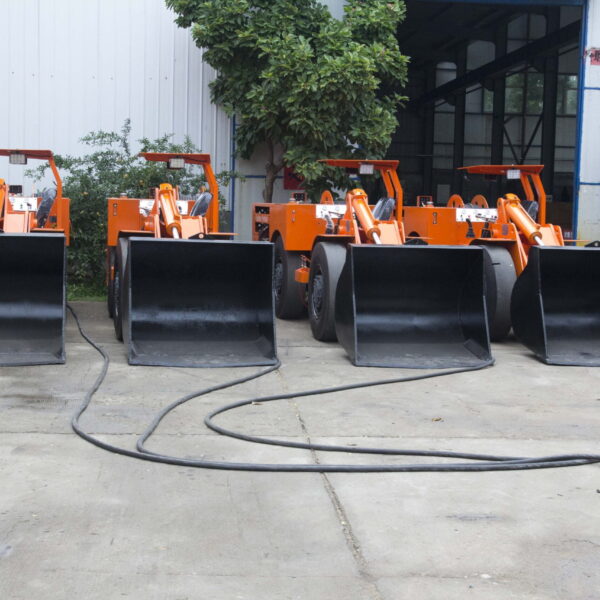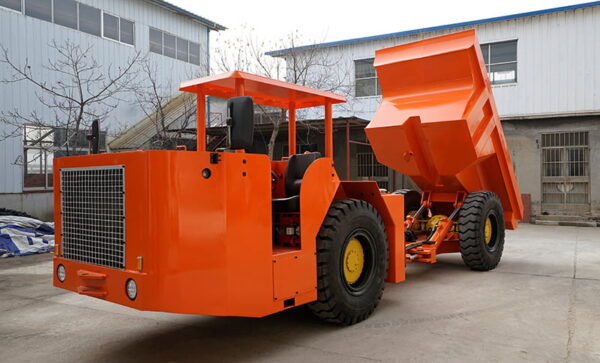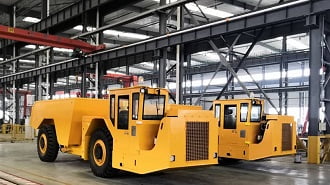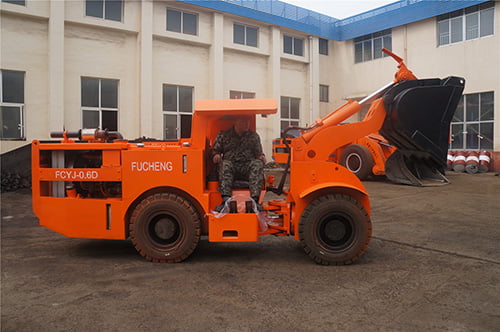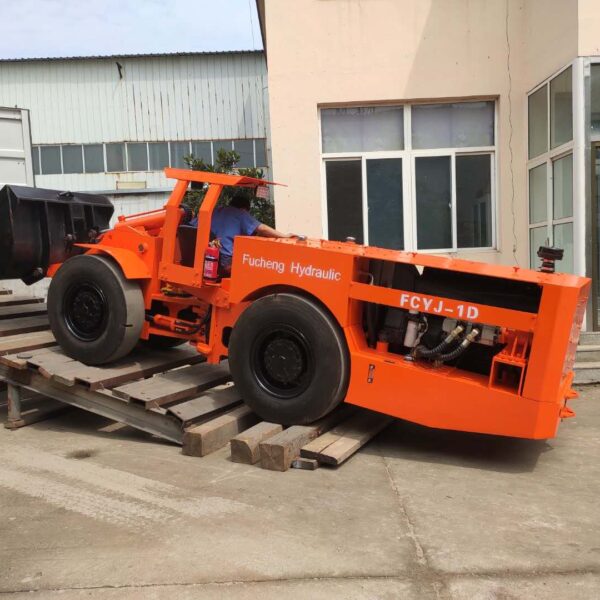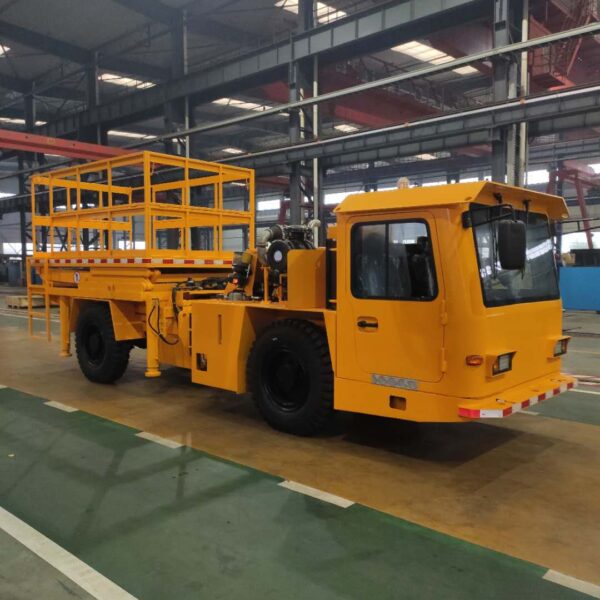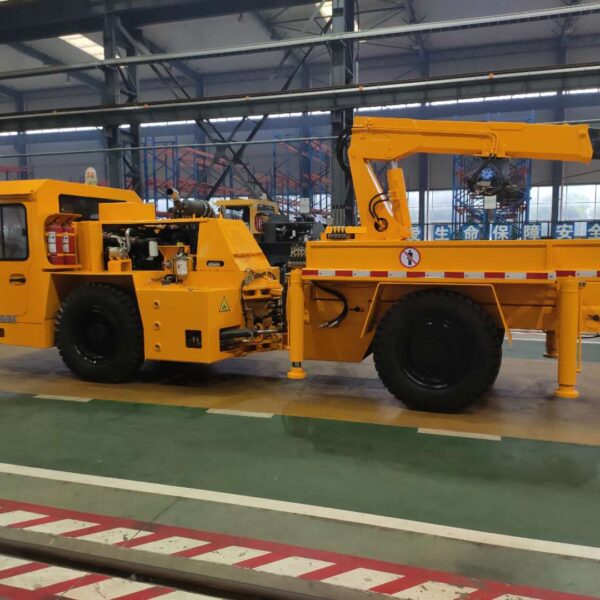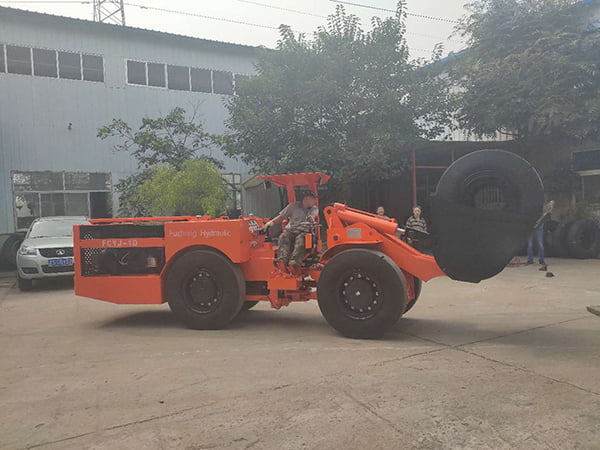The process of extracting precious resources from the earth is known as mining. Miners use technology to obtain any resources that are uncultivable or not manufacturable artificially. Mining is the process of extracting non-renewable resources such as fossil fuels, minerals, and even water. Underground mining, surface mining, placer mining, and in-situ mining are the four major types of mining. Miners usually determine the type of mining depending on the type and position of the ore body. Each mining method also has other safety and environmental impact levels, both for legitimate mining operations. So, what is the difference between surface and underground mining? This article will demonstrate the two significant mining methods, underground mining(subsurface mining) and surface mining. Moreover, it will also clarify the differences between them.
Underground mining
About subsurface mining definition, when an ore body lies at a long-distance beneath the ground’s surface, miners remove the specific amount of wastes (soil, stones, dust particles) to uncover the ore body through the surface is known as underground mining(subsurface mining). Shortly, the excavation of ore from beneath the ground’s cover is the Underground mining process. For example, El Teniente is the world’s largest underground mine, Drieftein min, Kusasalethu Gold Mine, Moab Khotsong Gold Mine, Kidd Creek Copper-Zinc Mine, Lucky Friday Mine, LaRonde Gold Mine, etc. More than 2,400 kilometers of tunnels yield approximately 400,000 metric tons of copper per year regarding El Teniente. Below are the types of subsurface mining.
Orebody types
Underground ores, which are at a considerable distance beneath the earth’s surface, are suitable for underground mining(subsurface mining). In this case, metallic ores, such as copper, gold, zinc, etc., are the ordinary ore body miners find beneath the ground. These ore bodies are at such a distance that surface mining can’t reach them. If so, surface mining requires lots of investment to get there. Thus, they need to get back to the underground mining method.
Access to the ore body
Access to ore bodies has four different types of underground access. We won’t go into detail, but in short, we will state the definition. In general, miners follow shaft access to the ore body. This process is prevalent for most underground mining(subsurface mining) processes. Besides, there are other three processes too, decline access, adits access, and ore access.
Shaft Access: Shafts are vertical excavation access directly to the ore body. The vertical access is generally adjacent to the ore location.
Decline Access: Declines accesses are spiral or decline from the surface to the ore body. Decline accesses can be circular, flank shape.
Adit Access: Adits are horizontal excavation access inside the hills or mountains.
Ore access: The access directly to the ore body is the ore access.
Mining methods
Depending on the mineral mined and deposits’ nature, there are five different methods of underground mining(subsurface mining). Miners didn’t bring all these five primary mining methods to the world. Somewhat depending on the cost and efficiency, they made all those mining methods. In this case, other mining methods may appear, which would be more cheap and effective in the future. But in today’s world, these five methods are popular in underground mining(subsurface mining).
Cut and Fill mining: The cutting of horizontal ore slices from the ore body and filling it with waste material from the mineral-processing plant is popular as Cut and fill mining method.
Shrinkage: Any mining technique in which broken ore is temporarily kept in the stope to provide a working platform and provide temporary support to the stope walls during active mining is known as shrinkage or shrinkage stopping.
Sublevel long hole: The mining method used for large ore bodies with a steep depth, regular shape, and acceptable ore boundaries, which works on the principle of blasting large ore bodies, is famous as the Sublevel long hole mining method.
Room and pillar: Room and pillar mining (a type of breast stopping) is a method of extracting ore across a horizontal plane, resulting in horizontal arrays of rooms and pillars.
Block caving: Block caving is a type of underground hard rock mining that entails undermining an ore body and allowing it to collapse under its weight. It’s a type of underground mining that’s similar to open-pit mining.
Advantages and Disadvantages
The benefits and drawbacks of underground mining are:
- This mining method has impacts of few environmental effects(subsurface mining environmental impact), such as an earthquake. Besides, surface weather doesn’t affect underground mining.
- It has minimal surface disruption.
- High productivity and efficiency.
- It requires higher cost and energy.
- The inside tunnel can be dangerous for both radiation and toxic gases.
- Underground tunnel causes surfaces subsidence.
- This mining method needs more human resources.
Surface mining
Surface mining(ground mining) is a type of mining in which the soil and rock covering the mineral deposit are removed instead of underground mining, in which the overlying stones are left in place. Surface miner machine(surface mining machines) is essential. The surface mining process is very complicated. The mineral is extracted through shafts or tunnels. In short, Surface mining(ground mining) is a method of extracting minerals near the surface of the earth. Copper Mine in Bingham Canyon (USA) Bingham Canyon is the world’s largest open-pit mine, located south-west of Salt Lake City in Utah. Besides, there are other examples, such as Chuquicamata Copper Mine (Chile), Escondida Copper Mine (Chile), Muruntau Gold Mine (Uzbekistan), Fimiston Gold Mine (Australia), etc. are noteworthy. The following are the types of surface mining.
Orebody Types
The surface mining process is very complicated. Surface mining(ground mining) is suitable for large, low-grade ore deposits. These ore deposits occur below a thin layer of rock or alluvial deposits found in sand and riverbeds. In particular, using this mining method, miners retrieve sand, gravel, stones, coal, iron, and other metals. Surface miner machine(surface mining machines) is essential.
Access to the ore body
First, Miners use earthmovers to remove the overburden in all surface mining(ground mining) methods. The ore is then removed with bucket-wheel excavators and shovel loaders and loaded into haul trucks. When miners deplete the deposit, they refill the crater with overburden, and finally, they replant the land with native vegetation. Surface miner machine is essential.
Surface Mining methods
The surface mining process is very complicated. There are five methods of surface mining recently practicing by popular mining companies. We won’t go for details. We will state them in short para. But we will make it easy for you so that you can understand properly.
Strip mining: Strip mining is mining a linear theme by first removing a long strip of overlying soil and rock. The overburden. It is famous for mining coal, lignite, and brown coal. Strip mining is only practical when the miners excavate the ore body relatively near the surface. There are two forms of strip mining, area stripping, and contour stripping. Surface miner machine is essential.
Open-pit mining: Open-pit (Opencast)mining is a method of extracting rock or minerals from the ground by removing them from an open-air pit, also known as a borrower. Open-pit mining is the most economical solution for a company. But one of the most significant downsides of open-pit is that it is the most dangerous mining sector in the industrial world. Why? Because it causes acute effects to miners’ health, at the same time, damage to the ecological land.
Quarrying: Quarrying is the process of extracting rock, sand, gravel, and other minerals from the ground to use them to make construction materials or other products. As a result, a quarry is any excavation on the earth’s surface where minerals are extracted.
Mountaintop Removal: Mountaintop removal mining -MTR (mountaintop mining-MTM) is a type of surface mining at a mountain’s summit or summit ridge. Coal seams are extracted from a mountain by removing the land that lies above the seams, known as overburden. Because the coal seams are accessed from above rather than underground, this method is safer than underground mining.
Dredging: Dredging is a term used to describe removing. Dredging is the process of using floating equipment to excavate a placer deposit underwater. Depending on the method of material transport, dredging systems are categorized as mechanical or hydraulic.
Advantages and Disadvantages
Similar to underground mining, Surface mining also has a few upsides and downsides. The most common are:
- Most of the surface mines recover quickly. About 95 – 100% of mines recover after the mining is done.
- There are no obstacles to using machines. Miners have the freedom to operate heavy machines.
- Surface mining is cheaper than underground ming.
- It also doesn’t require more human resources than underground mining.
- Surface mining occupies a large-scale of cultivable lands. Thus, massive ecological damage happens.
- Explosive and heavy machines cause sound pollution.
What are their differences?
We have known the short description about both of the mining and their different methods. Maybe, it’s now hard to differentiate the differences between them. Therefore, we have made you a fabulous table of differences between underground mining and surface mining to help you a lot to understand clearly.
| Content | Underground Mining | Surface Mining |
| Type | Underground mine needs tunnels through the earth under the earth’s surface. | Surface mining is open under the sky. |
| Complexity | More hazardous and complex to access the ore body | Much easier for miners to access materials |
| Risks | Risky and dangerous to reach the underground ore | Less risk than underground mining of the mine collapse |
| Ore grade | High-grade ores | Low-grade ores |
| Labors | Require more laborers to operate the tunnels and mining | Require less labor than underground mining. |
| Cost | Costly and efficient | Cost-effective |
| Productivity | 500 to 800 tonnes per day | 5000 to 100000 tonnes per day |
| The Mine Life | To > 100 years | 10 to 25 years, rarely longer. |
Summary
In general, what is the difference between surface and underground mining? Surface mining is better. But if the miners have no choice, they must choose the underground mining methods. Considering all the factors, both economy, and environment, the company will decide which one to choose. Both of the mining methods are profitable, but surface mining is better than underground mining for profit.
However, we hope we could make all these contents clear enough to understand both mining methods. And we also hope that this article will make your research easier than before.

